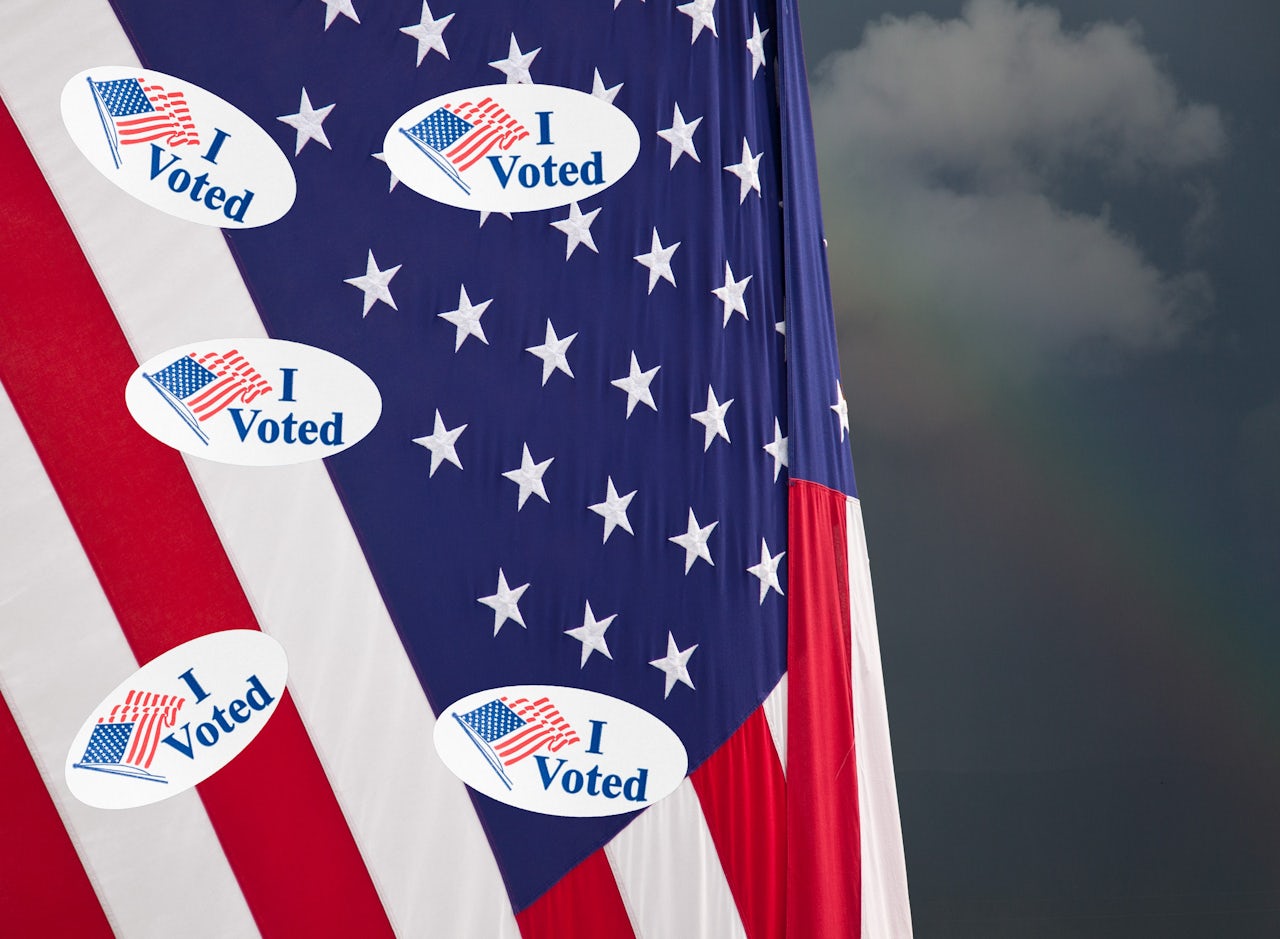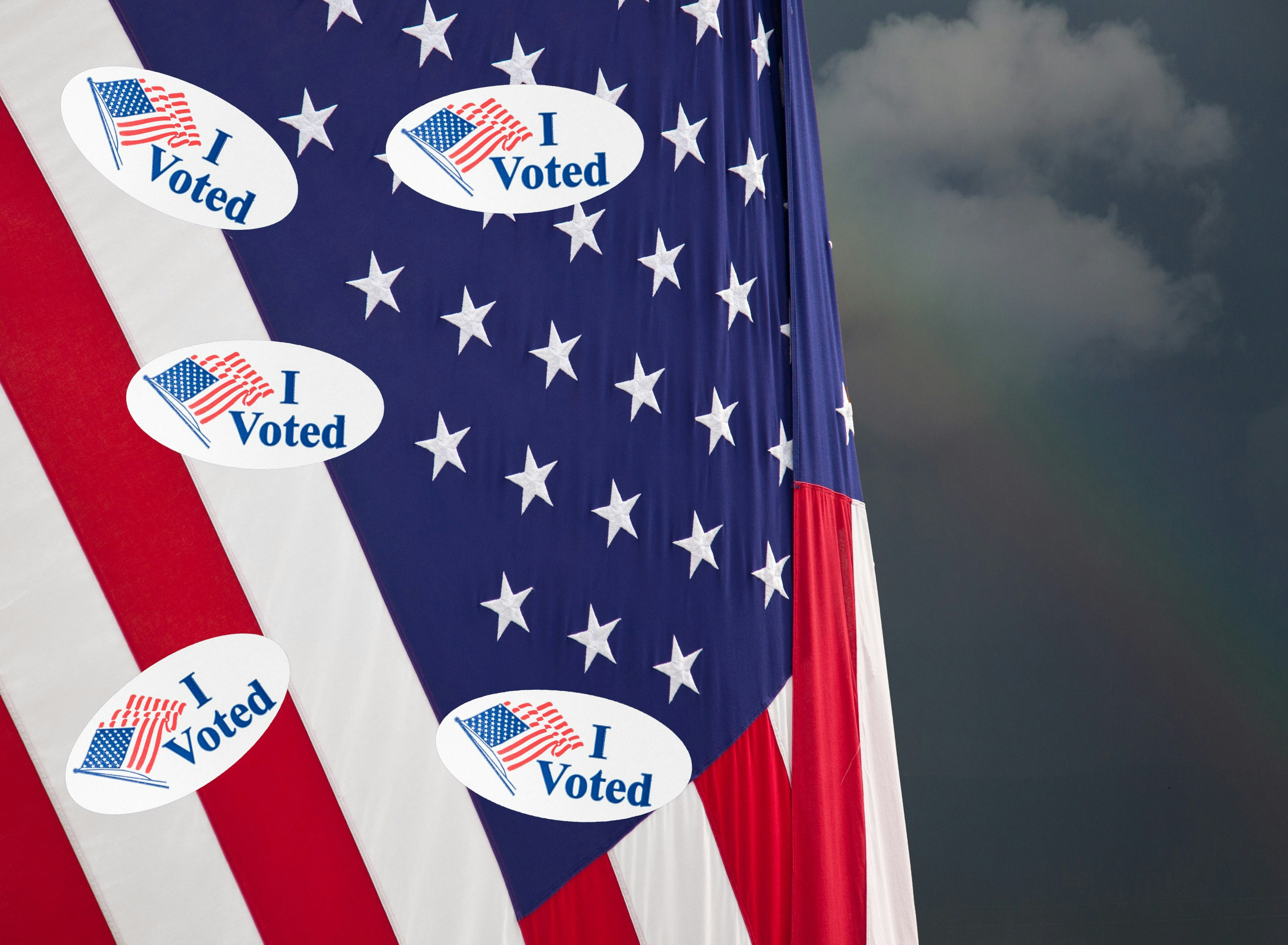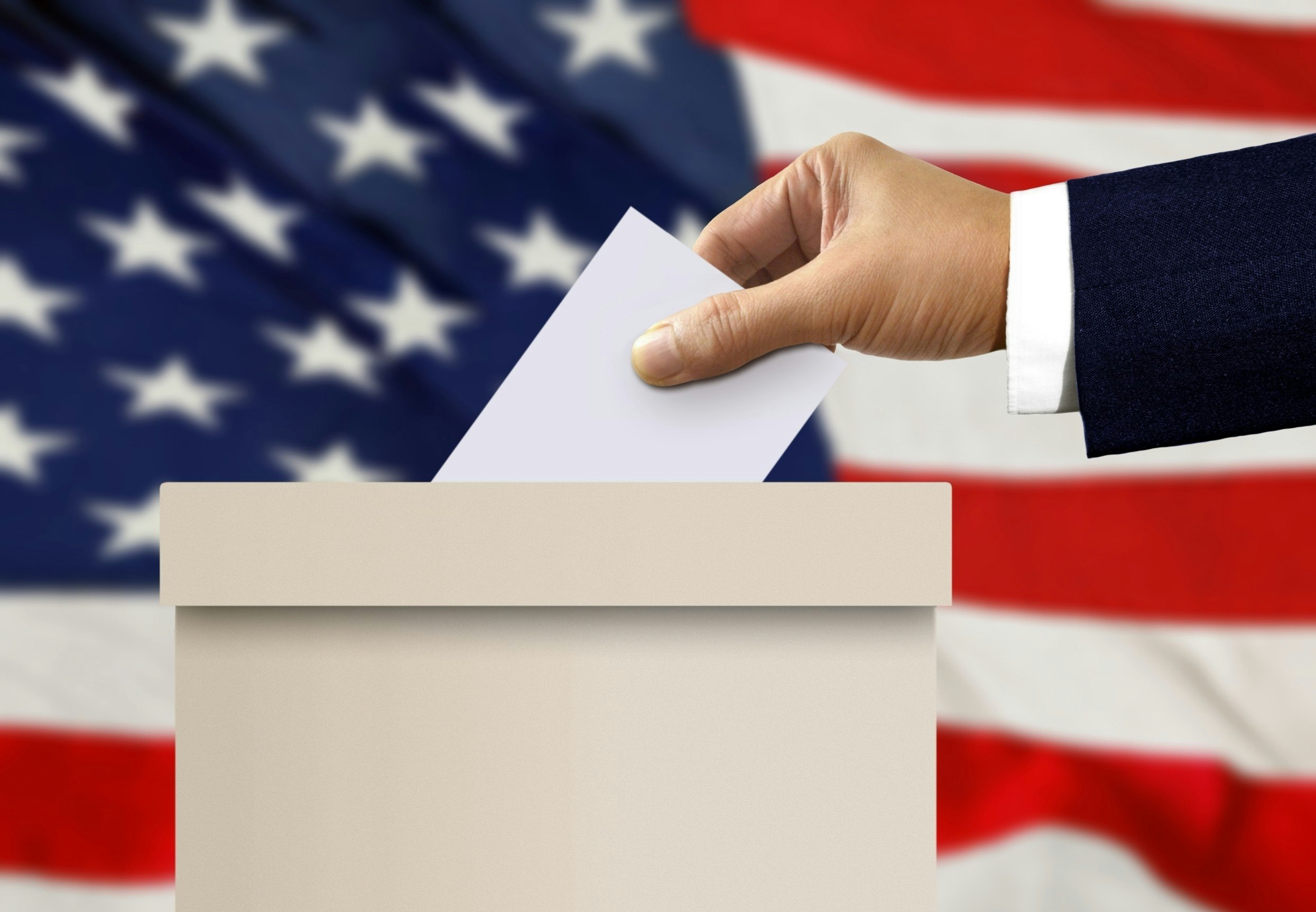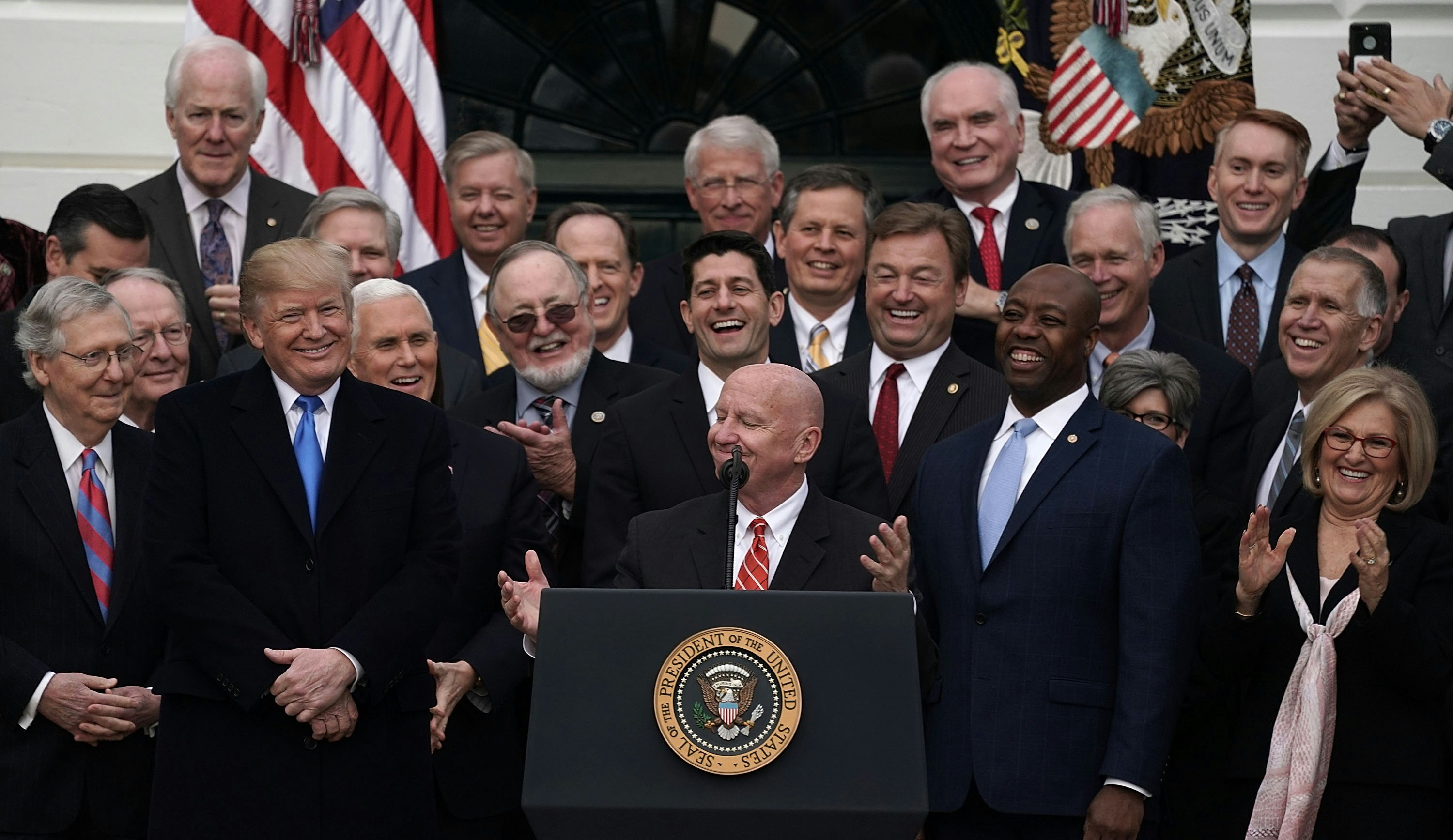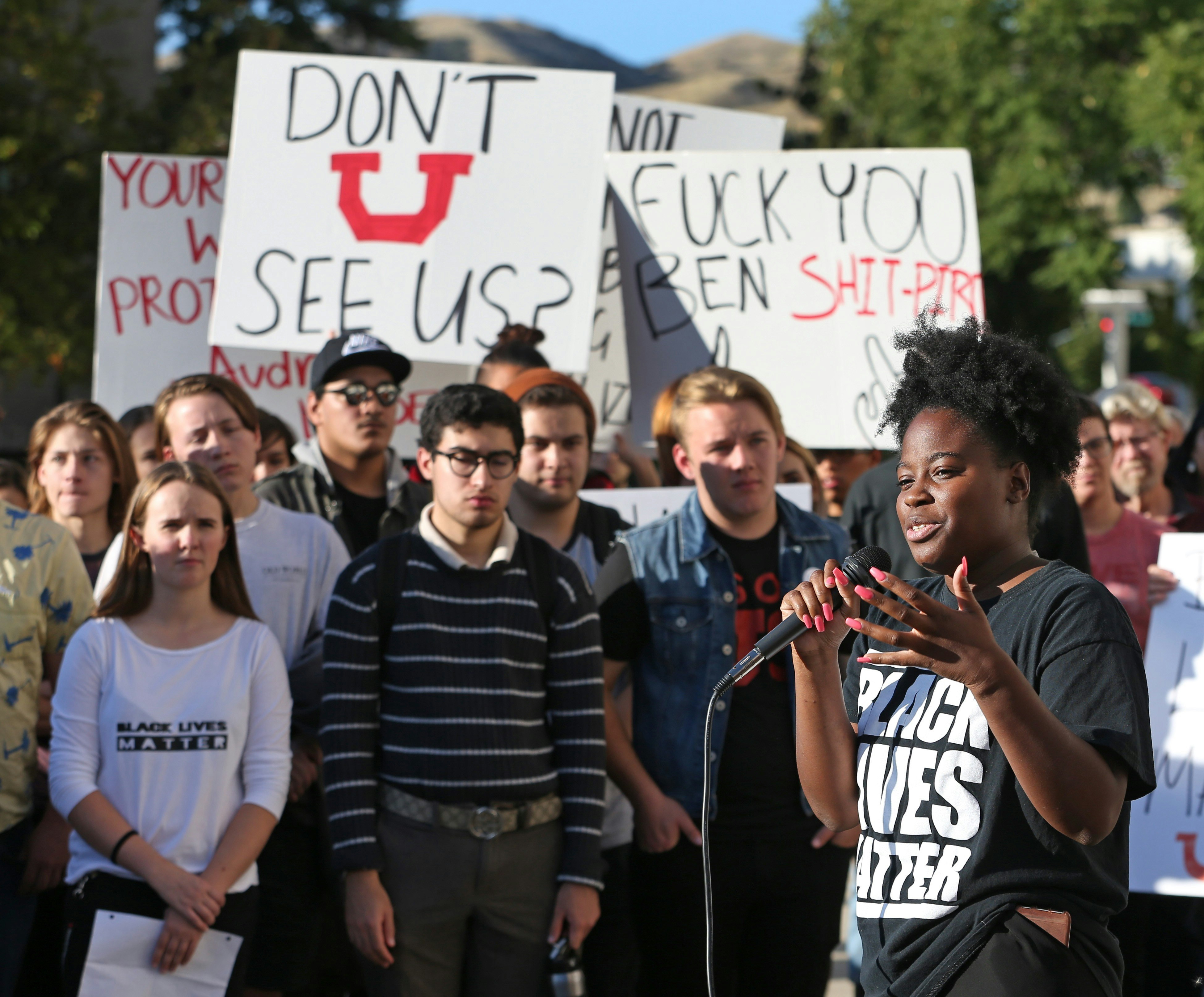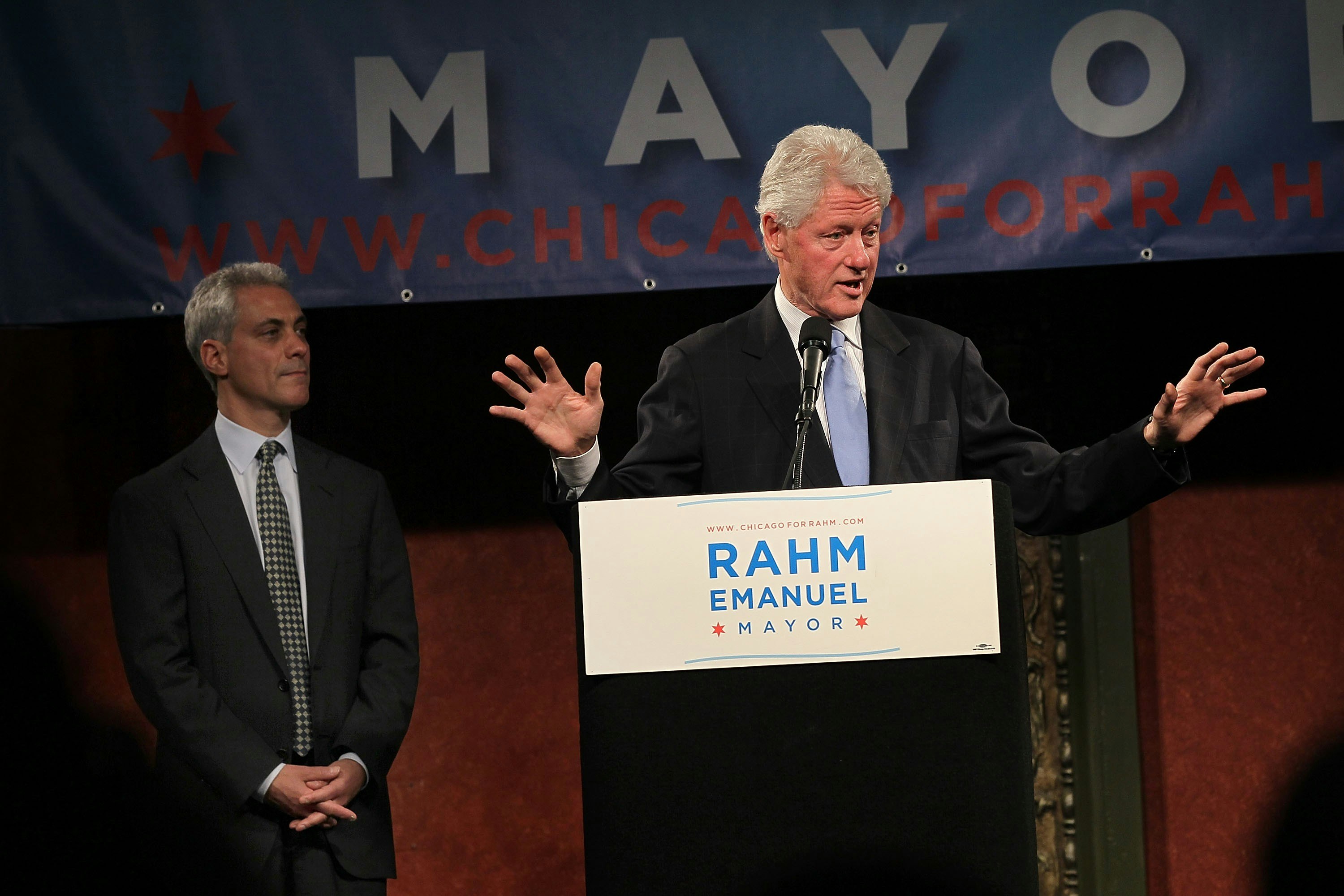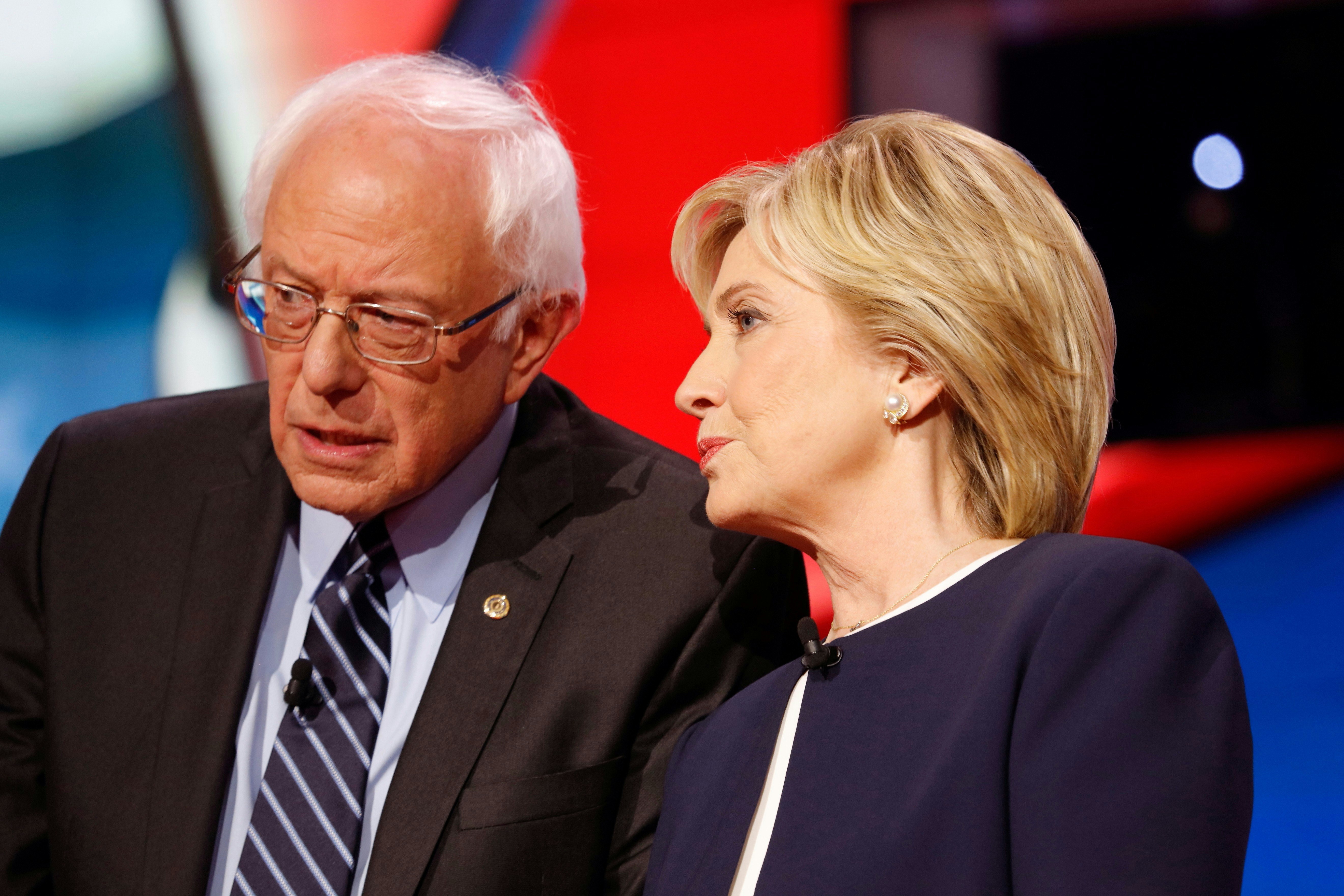Welcome to TAKE DOWN, a column in which Sean McElwee holds pundits accountable for their hot garbage takes (and isn't afraid to be held accountable for his).
What The Pundits Think
Since the election, pundits have feverishly debated which group of white voters the Democratic Party should target in 2018. In one camp are groups like the centrist think tank the Third Way, who obsess over voters who went for Obama in 2012 and Trump in 2016. There are literally dozens of pieces exploring the regret of Obama-Trump voters in publications from Vice to Newsweek. Pundits differ dramatically in how to win back these voters, with some, like Vox’s Ruy Teixeira, claiming that they want more government in the form of massive investment and federal jobs. The Third Way, on the other hand, argues that these voters have been turned off because they “viewed Democrats as anti-business, which in their minds meant anti-jobs as well.”
In the other camp are pundits who make the case for targeting the mostly upper-class suburban voters who went for Mitt Romney in 2012 and Hillary Clinton in 2016. One Bloomberg View headlined from last year proclaimed that Romney voters were “the Democrats’ new base,” even though only five percent of Romney voters voted for Clinton, according to the 2016 Cooperative Congressional Election Studies survey. Conservatives who want the Democratic Party to reflect their values have also jumped in the fray, with The Washington Post’s Jennifer Rubin suggesting “moderate” GOP “problem solvers” like Ohio Gov. John Kasich and former Indiana Gov. Mitch Daniels as models.
The Future Is Mobilizing Non-Voters
Far less frequently discussed among the (mostly white) punditry are the millions of non-voters — particularly non-voters of color — that Democrats could be mobilizing. These disportionately young and low-income Americans are either disengaged from a political system that considers white supremacist policy to be “moderate” or barred from voting by voter ID laws, felon disenfranchisement, or onerous registration barriers. Bringing these voters into the electorate would shift policy to the left, building up more space for a progressive coalition. Any House majority will involve winning over a vast swath of voters (that will mean a lot of whites), but progressives face peril if they continue to ignore non-voters.
Pundits tend to focus on persuasion (thus the focus on ineffectual ads), but the increasingly strong consensus of the political science literature is that the ability of campaigns to persuade is actually quite limited, but campaigns can mobilize voters. Far from being determined exclusively by switching between coalitions, research suggests that elections are decided by voters moving in and out of the electorate. It’s much easier to persuade someone who agrees with you to vote than to convince someone who disagrees with your policies to switch sides. In fact, extensive political science research suggests that partisanship is very sticky — people tend to hold stable partisan preferences — but actual turnout is spotty, particularly for Democratic voters.
Examining validated vote data from the 2016 American National Election Studies dataset, I found that only 34 percent of individuals who identify as Democrats voted in all three elections between 2012 and 2016, as well as 17 percent of Independents and 42 percent of Republicans. But only 10 percent of Democrats voted for Trump and only 8 percent of Republicans voted for Clinton. This suggests that there is far more variation in turnout than in vote choice.
Nonvoters of Color Could Help Democrats
To examine the best way forward for progressives in the Democratic Party, I analyzed data from the Cooperative Congressional Election Studies 2016 survey. I looked at three groups that Democrats could target: non-college whites, college whites, and non-voters of color. As the chart below shows, non-voters of color are more supportive of a higher minimum wage, environmental regulation, abortion rights, and a path to citizenship. While 35 percent of working-class white voters and 54 percent of college-educated white voters supported Clinton, 79 percent of non-voters of color did. People of color were also far more likely to identify as Democrats.
Despite the fact that Obama to Trump and Romney to Clinton are frequent subjects of media analysis, it’s far from clear that most of either groups are sure-fire Democratic voters. According to data from the 2016 Voter Study Group, only 31 percent of Obama to Trump voters identified as Democrats, as well as 33 percent of Romney to Clinton voters.
To explore how mobilizing non-voters and margin voters (who turn out sporadically) would affect politics, I explored data from the 2016 American National Election Studies (ANES) survey, which validated turnout for the 2012, 2014, and 2016 election. I examined individuals based on how many national elections they voted in during the period between 2012 and 2016: none, one, two, or all three. I only analyzed individuals who were old enough to vote in all the elections.
I examined support for three key issues: support for a general increase in government spending, a government guarantee of jobs and income, and government health care. The survey asks individuals to put them on a one to seven scale for each, which I rescaled to be between zero (most conservative) and one (most liberal). The chart below displays the results: on all questions, individuals who voted in all three elections were far more conservative than individuals who voted in none, one, or two. In addition, I examined support for government taking action on inequality and find that 63 percent of individuals who voted in none of the three elections support taking action, compared with 50 percent among individuals who voted in all three.
The Overwhelming Preference Of The Poorest: No One
Much of the commentary around Trump has assumed his base was mostly working-class or low -income folks. But in reality, the poorest voters preferred none of the candidates.Among individuals earning less than $30,000 a year, 33 percent voted for Clinton, 27 percent voted for Trump, three percent voted for other, and 37 percent did not vote. Among people of color earning less than $30,000 a year, 47 percent voted for Clinton, 6 percent voted for Trump, 2 percent voted for other, and 45 percent did not vote. Among those non-voters of color, 82 percent would have preferred Clinton if they had voted and 16 percent Trump.
In 2016, New York Sen. Chuck Schumer notably said that, “For every blue-collar Democrat we lose in western Pennsylvania, we will pick up two moderate Republicans in the suburbs in Philadelphia, and you can repeat that in Ohio and Illinois and Wisconsin.” But the math was always going to be difficult for this to occur: those who make less than $30,000 a year make up about a quarter of voters (and an even larger share of the voting eligible electorate), while those making more than $150,000 a year made up only 6 percent of voters. The best data suggests that whites without a college education made up 45 percent of voters in 2016, while whites with a college degree made up 29 percent.
The party of not even trying
The Democratic Party has failed to mobilize low-income people and and people of color. Using 2016 CCES data, below is a chart that shows the percent of individuals registered as a Democrat (confirmed by their voter file) who reported being contacted by a political party in the run-up to that year’s election. People of color who were registered as Democrats and lived in a swing state were less likely to report a contact (66 percent) than whites in swing states (72 percent). Individuals making more than $50,000 a year who lived outside of swing states were roughly as likely to report contact (63 percent) as individuals earning less than $50,000 who lived in swing states (65 percent). Among the wealthiest individuals, contact rates were even higher: 94 percent of individuals earning more than $250,000 who were registered as Democrats and lived in a swing state reported contact.
What now?
It’s clear that Democrats will need to win over white voters. But the future of the Democratic Party, and of leftist movements more broadly, depends on mobilizing voters of color, particularly Asian-American and Latino voters. Despite making up nearly 40 percent of Democratic voters, people of color are rarely discussed when pundits look to the future of the Democratic Party.
A Democratic Party that seeks and depends on the votes of people of color will be a more unabashedly progressive Democratic party than one reliant on the voters of either high income or low-income whites. Both the left wing of the Democratic Party and the broader party institutions should invest more time and energy in winning over non-voters of color. This must include both addressing structural investment in eliminating white supremacist barriers to voting but also diversifying the consultancies, creating candidate pipelines and committing to a vision of multi-racial progressivism. But the first step towards progress is admitting the party has a problem reaching these voters.
